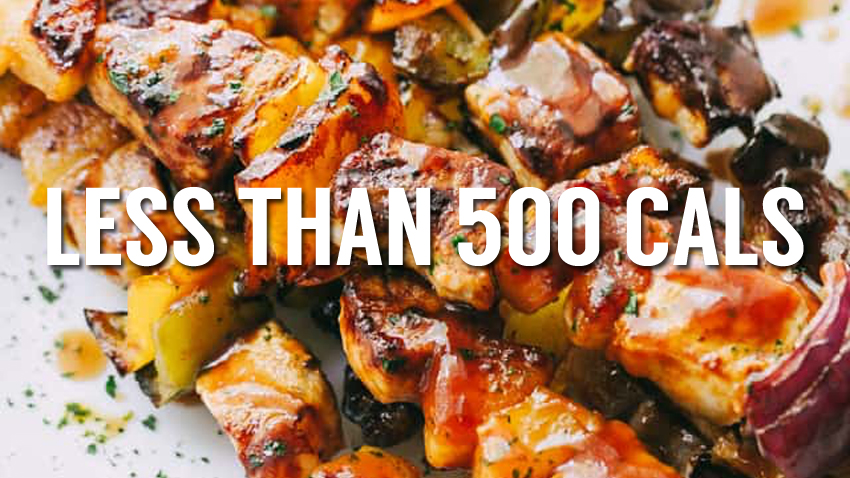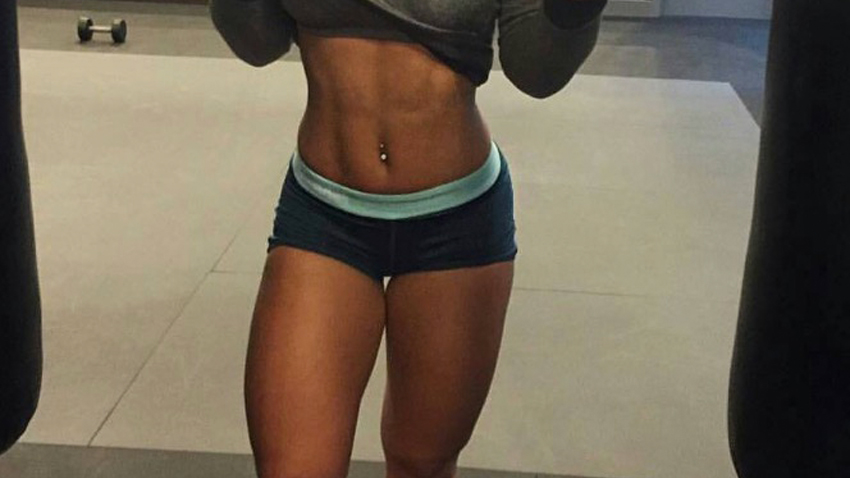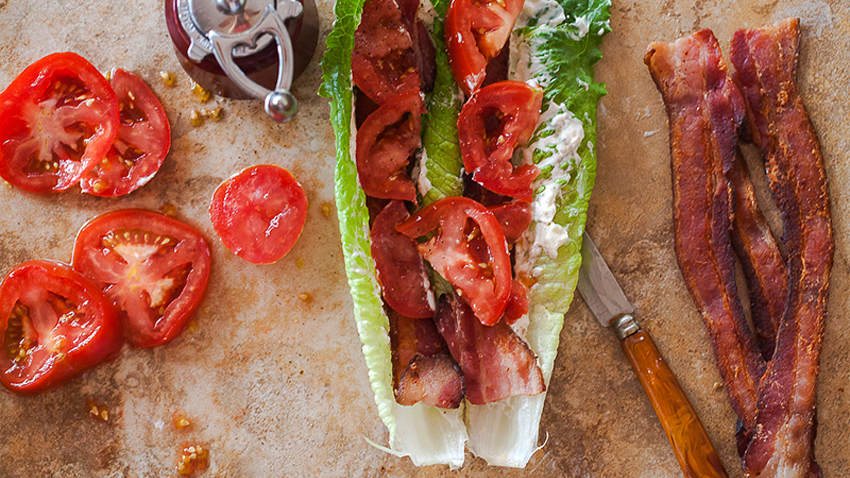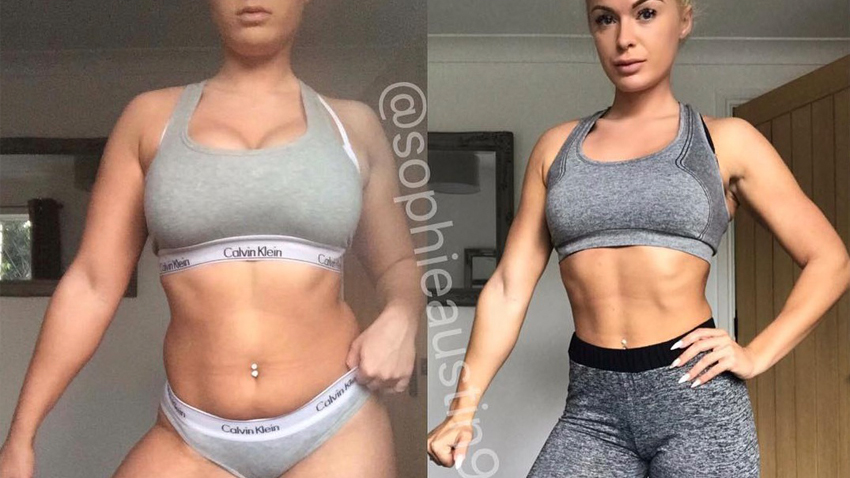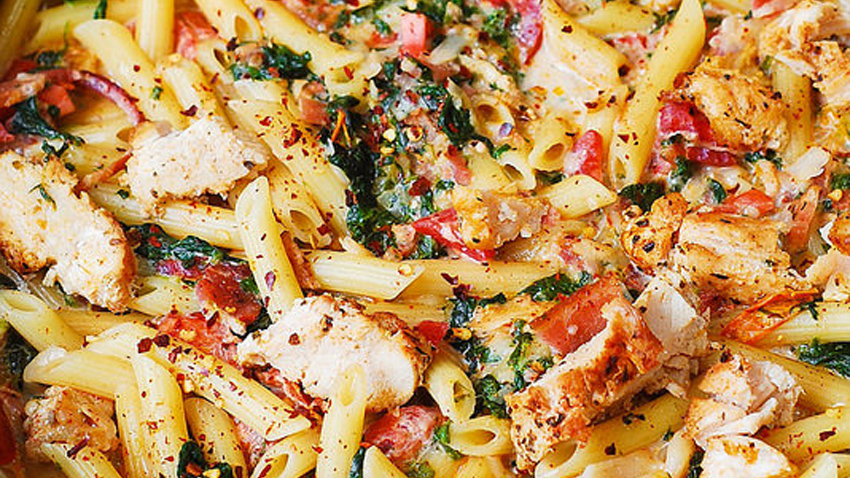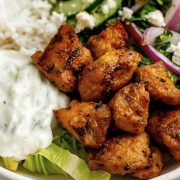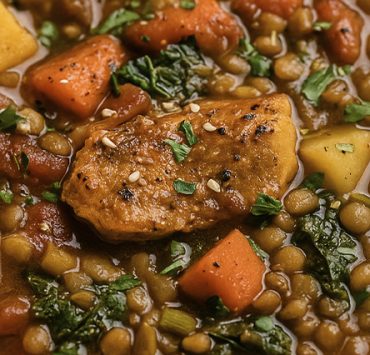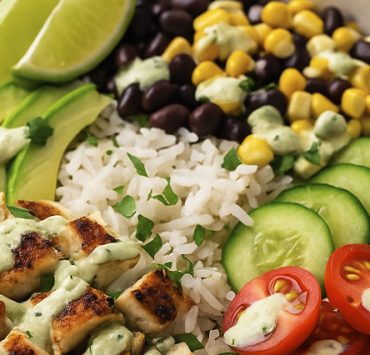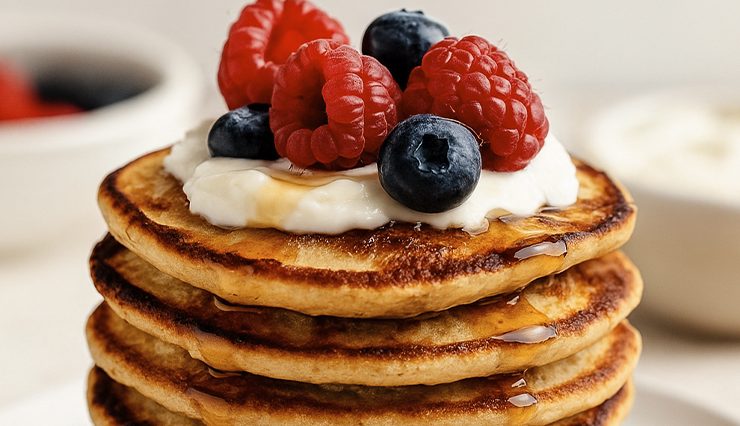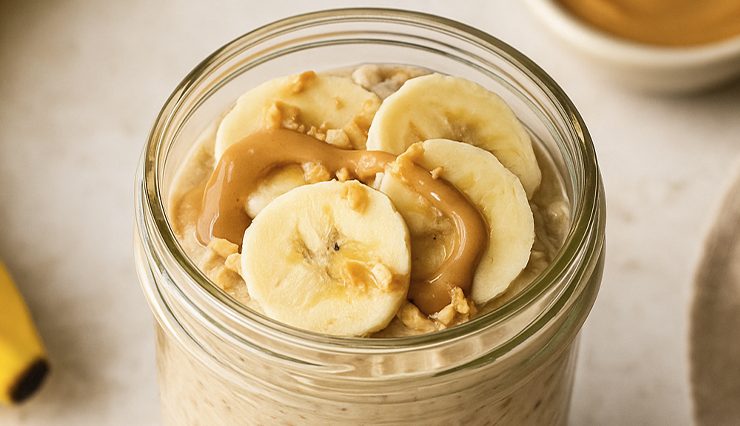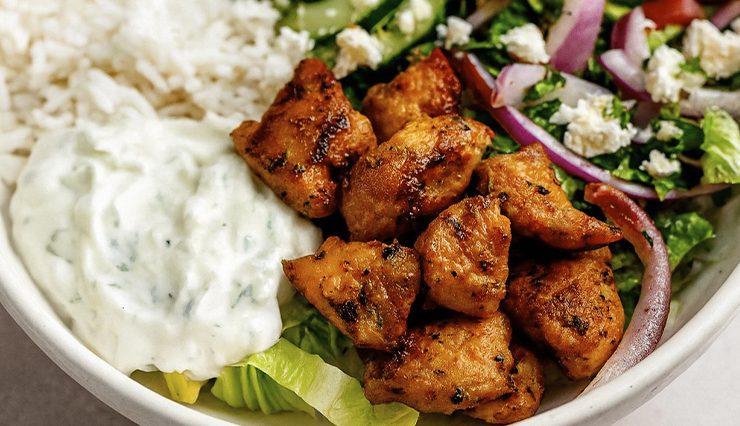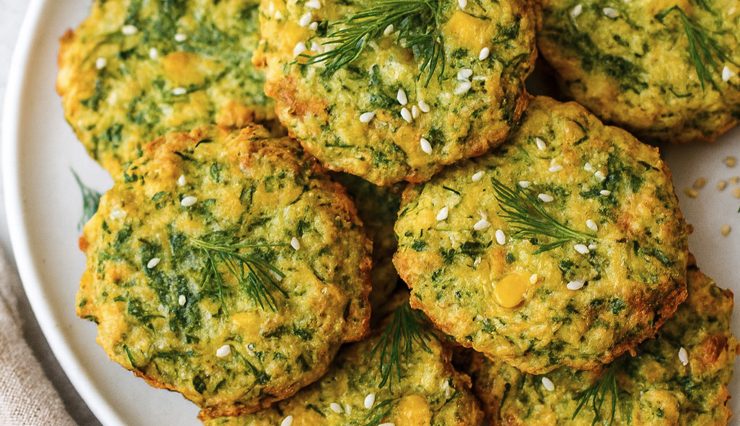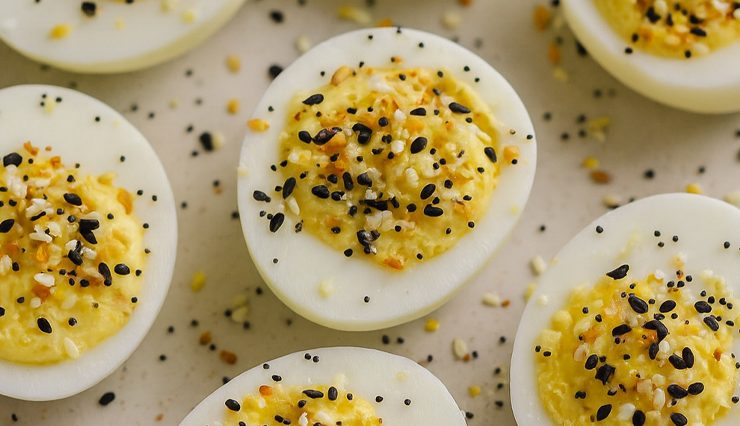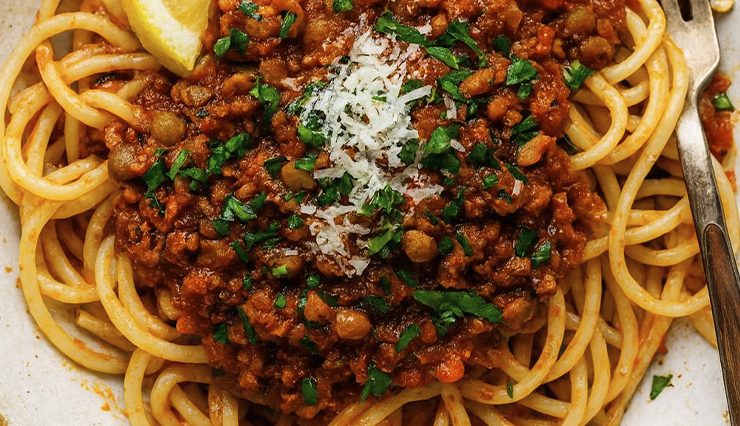The Best Protein Sources for Weight Loss (Science-Backed + Meal Ideas)
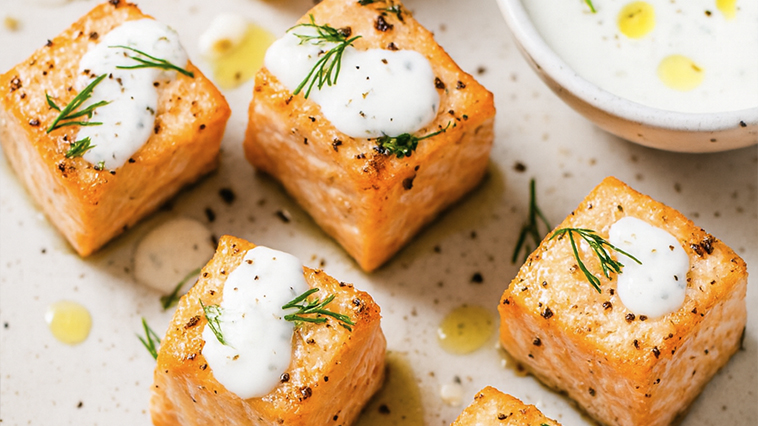
Trimmed&Toned Team.
When it comes to weight loss, one nutrient consistently stands out above the rest: protein. Whether you’re following intermittent fasting, low-carb eating, or simply trying to improve your diet, protein is the single most effective macronutrient for fat loss, muscle retention, and long-term success.
But what makes protein so powerful? And which sources are truly the best for losing weight without feeling deprived? In this guide, we’ll break down the science behind protein and fat loss, explore the best protein-rich foods you can add to your meals, and even share simple recipe ideas to help you put this knowledge into action.
For more practical help, check out our guide on intermittent fasting schedules or our roundup of healthy low-calorie dinner recipes that pair perfectly with these protein options.
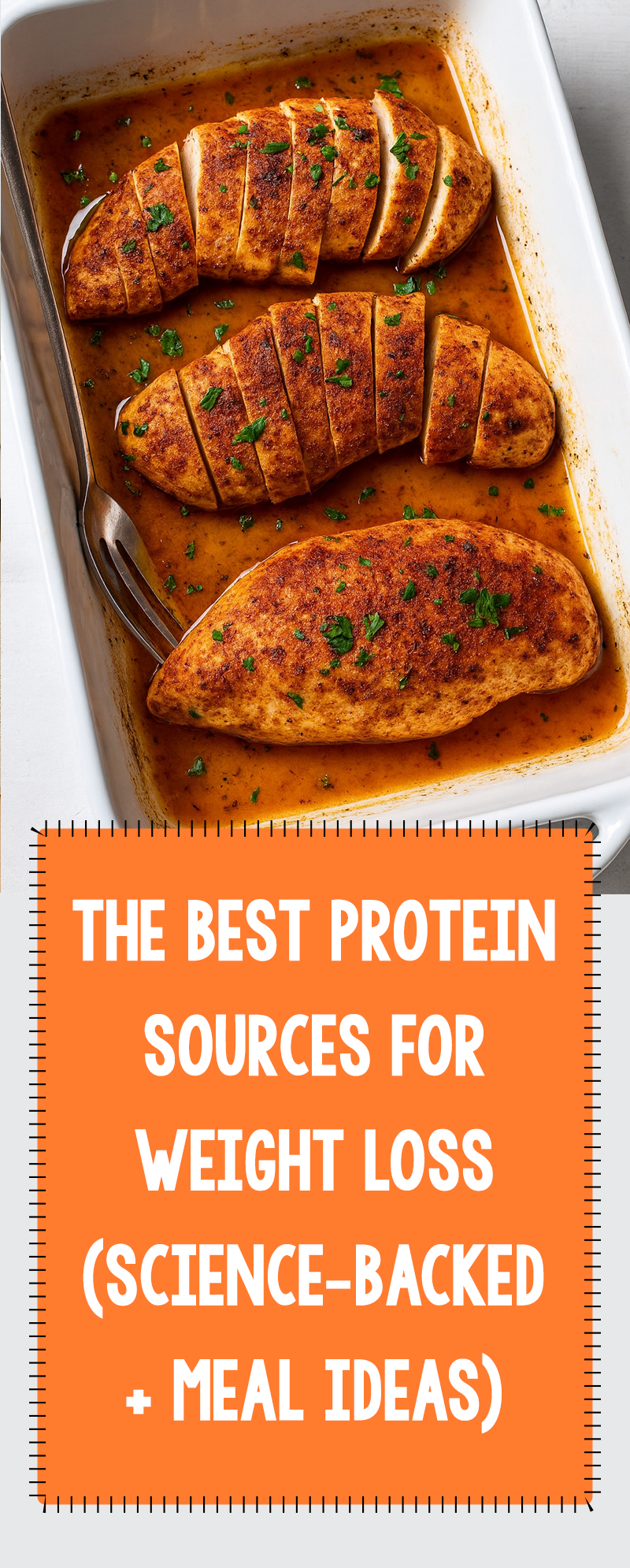
Why Protein is Essential for Weight Loss
Before we dive into specific foods, let’s look at why protein matters scientifically:
- Satiety and appetite control: Protein stimulates satiety hormones like GLP-1 and peptide YY, which reduce hunger and keep you feeling full longer (NCBI).
- Thermic effect of food (TEF): Your body burns more calories digesting protein than it does for carbs or fat—about 20–30% of protein’s calories are used during digestion (study).
- Muscle preservation: When you lose weight, you want to burn fat, not muscle. Protein provides the amino acids needed to preserve lean tissue during a calorie deficit.
- Metabolic boost: More muscle mass means a higher resting metabolic rate, so hitting your protein goals supports long-term fat loss.
Put simply, protein is the foundation of any weight-loss-friendly diet.
How Much Protein Do You Need for Fat Loss?
While the standard RDA (Recommended Dietary Allowance) for protein is just 0.8 grams per kilogram of bodyweight, studies show that higher intakes are more effective for weight loss. Most experts recommend aiming for 1.6–2.2 g/kg of bodyweight (0.7–1 g per pound) for fat loss while preserving muscle.
For example: if you weigh 80 kg (176 lbs), that’s about 128–176 grams of protein per day. Split across 3–4 meals, that’s 30–40 grams per meal, which is very doable with the foods listed below.
The Best Animal Protein Sources for Weight Loss
Animal proteins are considered “complete proteins,” meaning they contain all nine essential amino acids. They’re also usually more bioavailable than plant sources.
1. Chicken Breast
The classic weight-loss protein: lean, versatile, and low in fat. A 100g portion contains about 31g of protein for just 165 calories.
Meal ideas: Grilled chicken salad, chicken stir-fry with vegetables, chicken and quinoa bowl.
2. Turkey Breast
Similar to chicken but slightly leaner, turkey breast is another excellent option. Its mild flavor makes it a great base for meal prep.
Meal ideas: Turkey chili, turkey lettuce wraps, sliced turkey breast with roasted veggies.
3. Eggs
Eggs are nutrient-dense, containing high-quality protein, vitamins, and healthy fats. They also contain choline, which supports metabolism.
Meal ideas: Veggie omelet, boiled eggs with avocado toast, scrambled eggs with spinach.
4. Greek Yogurt
Thicker and higher in protein than regular yogurt, Greek yogurt delivers ~10g of protein per 100g, plus probiotics for gut health.
Meal ideas: Yogurt parfait with berries, tzatziki dip, smoothie base with protein boost.
5. Cottage Cheese
A slow-digesting protein source (rich in casein), cottage cheese is excellent before bed to support overnight muscle repair.
Meal ideas: Cottage cheese with pineapple, cottage cheese pancakes, savory cottage cheese bowl with cucumbers.
6. Fish (Salmon, Tuna, Cod)
Fatty fish like salmon provide omega-3s (great for heart health and inflammation), while lean fish like cod and tuna deliver high protein with minimal calories.
Meal ideas: Grilled salmon with broccoli, tuna salad, baked cod with lemon and herbs.
7. Lean Beef
Beef is rich in protein, iron, zinc, and B12. Opt for lean cuts like sirloin or 90%+ lean ground beef to keep calories in check.
Meal ideas: Beef stir-fry, ground beef lettuce wraps, steak and veggie skewers.
8. Eggs Whites
Pure protein with almost no fat—perfect if you need to bump your intake without extra calories.
Meal ideas: Egg white scramble, protein oatmeal with egg whites, egg white muffins with vegetables.

The Best Plant-Based Protein Sources for Weight Loss
Plant proteins are often lower in one or more essential amino acids, but by combining different foods, you can easily cover your bases. They also deliver fiber, which helps with satiety and digestion.
9. Lentils
Lentils provide ~18g of protein per cooked cup, plus fiber that helps with satiety and blood sugar control.
Meal ideas: Lentil soup, lentil curry, lentil and quinoa salad.
10. Chickpeas
Chickpeas (garbanzo beans) pack ~15g protein per cup, plus plenty of fiber. They can be used in both savory and sweet dishes.
Meal ideas: Hummus, roasted chickpeas, chickpea curry.
11. Black Beans
Another fiber-rich legume, black beans contain ~15g of protein per cup and are perfect for Mexican-inspired meals.
Meal ideas: Black bean tacos, burrito bowls, black bean soup.
12. Quinoa
Unlike most grains, quinoa is a complete protein, offering ~8g per cup along with fiber and micronutrients like magnesium.
Meal ideas: Quinoa salad with veggies, quinoa-stuffed peppers, quinoa breakfast bowl.
13. Edamame
Young soybeans, edamame are protein-dense and provide ~17g per cup. They’re also rich in isoflavones, which may support hormone balance.
Meal ideas: Steamed edamame with sea salt, edamame stir-fry, edamame hummus.
14. Tofu
Made from soybeans, tofu is versatile and takes on the flavor of whatever you cook it with. It provides ~10g of protein per 100g serving.
Meal ideas: Tofu stir-fry, scrambled tofu, baked tofu nuggets.
15. Tempeh
Fermented soy product with a firmer texture than tofu. A 100g serving contains ~19g of protein, plus probiotics for gut health.
Meal ideas: Tempeh stir-fry, tempeh tacos, tempeh grain bowls.
16. Seitan
Made from wheat gluten, seitan is a protein powerhouse with ~25g per 100g. It’s great for meat-like textures.
Meal ideas: Seitan stir-fry, seitan skewers, seitan sandwiches.
17. Hemp Seeds
Three tablespoons provide ~10g of protein plus omega-3 fatty acids. They’re easy to sprinkle on just about anything.
Meal ideas: Smoothies, oatmeal topping, hemp seed pesto.
Convenient Protein Options for Busy Professionals
When time is short, having quick protein sources on hand can make or break your diet consistency. Some convenient, portable options include:
- Protein powders (whey, casein, pea, soy)
- Protein bars (look for low sugar, 15–20g protein)
- Jerky (beef, turkey, or salmon)
- Hard-boiled eggs
- Canned tuna or salmon
Pair these with a piece of fruit, a handful of nuts, or a veggie snack for balance.
Tips to Maximize Protein for Fat Loss
- Spread intake evenly: Aim for ~30g protein at each meal for optimal satiety and muscle retention.
- Combine sources: Mix animal and plant proteins for variety and nutrient diversity.
- Prep ahead: Cook a batch of chicken, lentils, or tofu to make weekday meals easier.
- Pair with fiber: Protein + veggies or whole grains enhances fullness.
- Don’t fear healthy fats: Adding avocado, nuts, or olive oil improves satiety and nutrient absorption.
Sample High-Protein Day (Under 2,000 Calories)
- Breakfast: Greek yogurt with berries and hemp seeds (~30g protein)
- Snack: Protein shake with banana (~25g protein)
- Lunch: Grilled chicken quinoa bowl with veggies (~40g protein)
- Snack: Cottage cheese with pineapple (~20g protein)
- Dinner: Baked salmon with roasted broccoli (~40g protein)
- Evening: Cottage cheese or casein shake (~25g protein)
FAQ: Protein and Weight Loss
Is too much protein bad for weight loss?
For healthy individuals, higher protein intakes (up to ~2.2g/kg) are safe. Those with kidney issues should consult a doctor before increasing protein significantly.
What’s better for weight loss: animal or plant protein?
Both work. Animal proteins are complete and highly bioavailable, while plant proteins offer fiber and other nutrients. A mix is ideal.
Can you build muscle in a calorie deficit?
Yes, especially for beginners. Adequate protein intake is essential for preserving and even building lean mass while losing fat.
Do protein shakes help with weight loss?
They’re not magic, but they help you hit your protein targets conveniently. Shakes can be a great tool, especially post-workout or during busy days.
Outro
Protein isn’t just for bodybuilders; it’s the backbone of effective weight loss. From animal sources like chicken and salmon to plant-based options like lentils and tofu, the best protein sources are the ones you enjoy, can afford, and can stick to consistently. Pair these foods with smart meal planning, portion control, and regular movement, and you’ll create a lifestyle that not only helps you lose weight but also keeps it off for good.
Ready to take the next step? Check out our intermittent fasting guide and our low-calorie dinner recipes for inspiration on how to put these protein sources into action today.
Trimmed&Toned Team.

